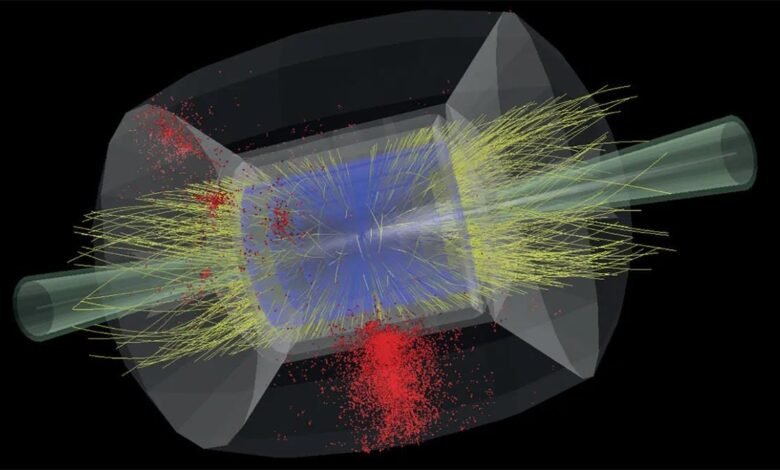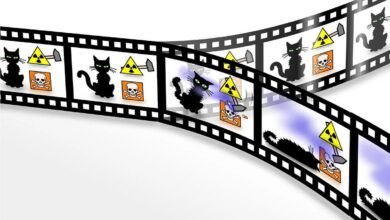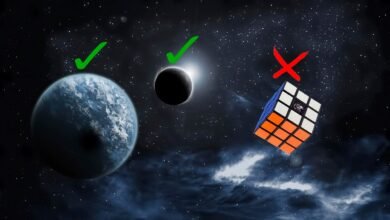SCIENCE
Starts With A Bang podcast #108 — A future particle collider | by Ethan Siegel | Starts With A Bang! | Aug, 2024

Today, the Large Hadron Collider is the most powerful particle physics experiment in history. What would a new, successor collider teach us?
Right now, the Large Hadron Collider (LHC) is the most powerful particle accelerator/collider ever built. Accelerating protons up to 299,792,455 m/s, just 3 m/s shy of the speed of light, they smash together at energies of 14 TeV, creating all sorts of new particles (and antiparticles) from raw energy, leveraging Einstein’s famous E = mc² in an innovative way. By building detectors around the collision points, we can uncover all sorts of properties about any known particles and potentially discover new particles as well, as the LHC did for the Higgs boson back in the early 2010s.
Source link





